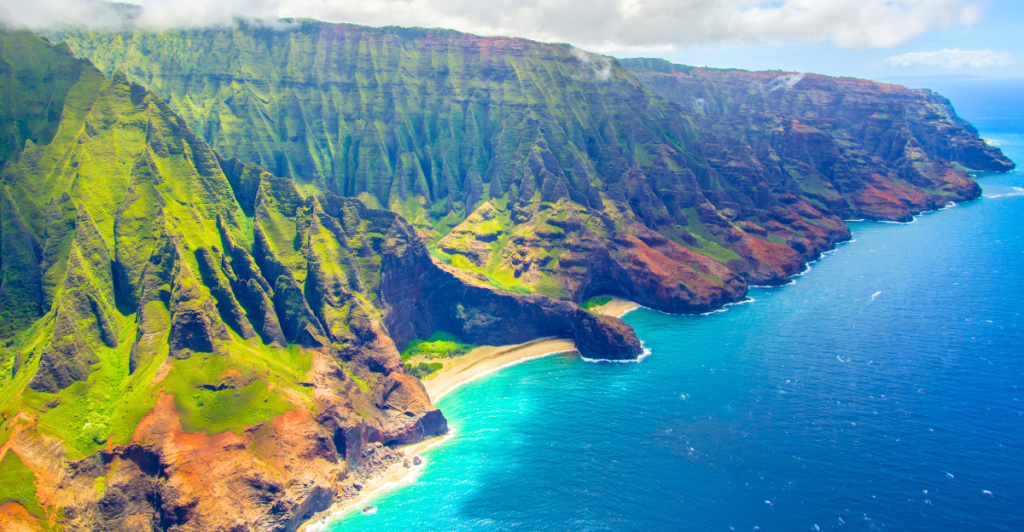
America is home to islands teeming with unique wildlife, thriving in isolation from the mainland. These remote habitats have allowed rare animals to flourish, untouched by urban sprawl. From tropical paradises to rugged coastal retreats, each island offers a glimpse into the wonders of evolution and conservation. Join us as we explore 10 incredible American islands where rare animals live free, protected by their natural isolation and often dedicated conservation efforts.
Santa Cruz Island, California: Island Fox Haven
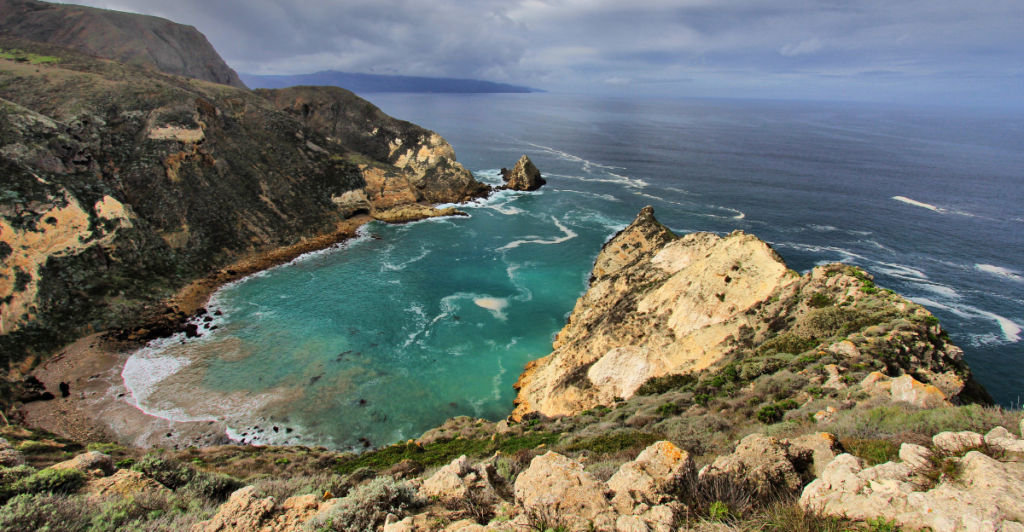
Santa Cruz Island is home to the diminutive island fox, found only on California’s Channel Islands. This species, once endangered, has rebounded due to extensive conservation efforts. The island’s rugged terrain and diverse habitats offer an ideal refuge. Visitors can spot these foxes during hikes while marveling at the island’s natural beauty, from oak woodlands to sandy beaches, making it a vital stop for wildlife enthusiasts.
Assateague Island, Maryland/Virginia: Wild Horses Roam

Assateague Island is famous for its wild horses, or “Chincoteague ponies,” which roam its beaches and marshes. These resilient animals have adapted to the salty environment, surviving on seaweed and marsh grasses. Legend suggests they descended from shipwrecked Spanish horses, adding a touch of mystery to their allure. The island’s pristine landscapes make it a haven for these horses and other coastal wildlife.
San Juan Island, Washington: Orcas and Marine Life
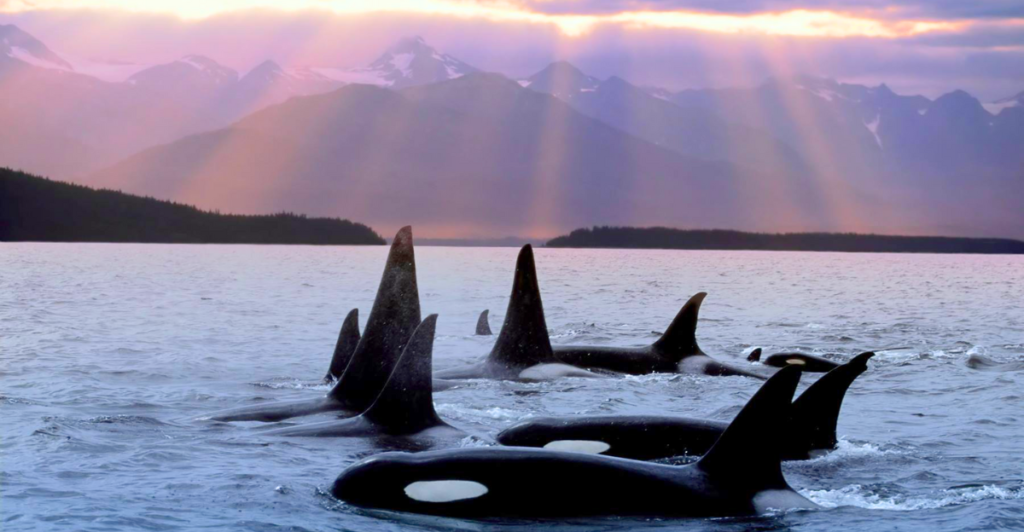
San Juan Island is a prime spot for encountering the magnificent Southern Resident orcas. These iconic marine mammals frequent the island’s waters, thriving in the nutrient-rich ecosystem. The island also boasts seals, otters, and sea birds, making it a marine biodiversity hotspot. Whale-watching tours offer an unparalleled chance to witness these creatures in their natural environment, blending adventure with education.
Kauai, Hawaii: Haven for Native Birds
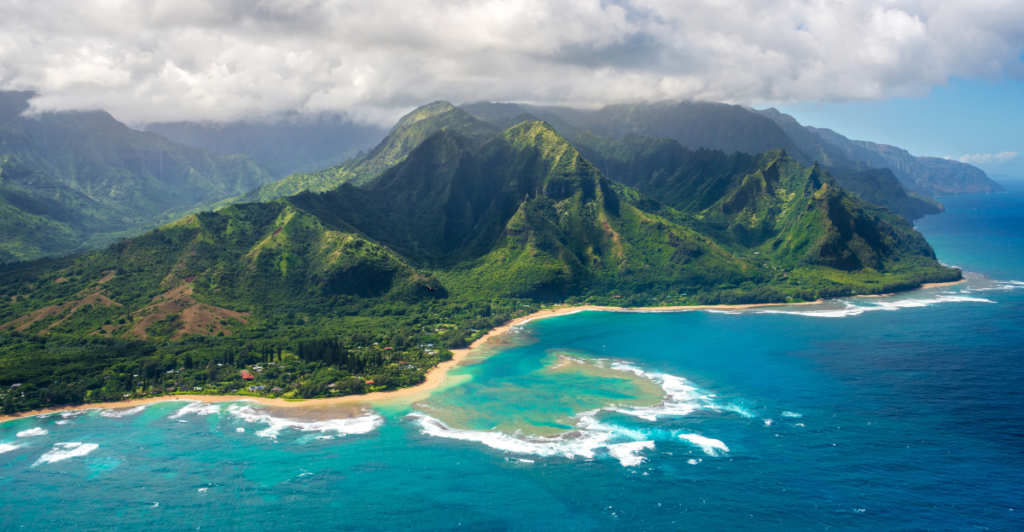
Known as the Garden Isle, Kauai is a sanctuary for rare native birds like the Nēnē (Hawaiian goose) and ‘Apapane. Isolated in the Pacific, the island’s lush forests and high-elevation areas protect these species from predators and habitat loss. Conservationists work tirelessly to maintain Kauai’s biodiversity. Visitors can enjoy birdwatching while immersing themselves in the island’s verdant beauty and tranquil ambiance.
Cumberland Island, Georgia: Armadillos and Alligators
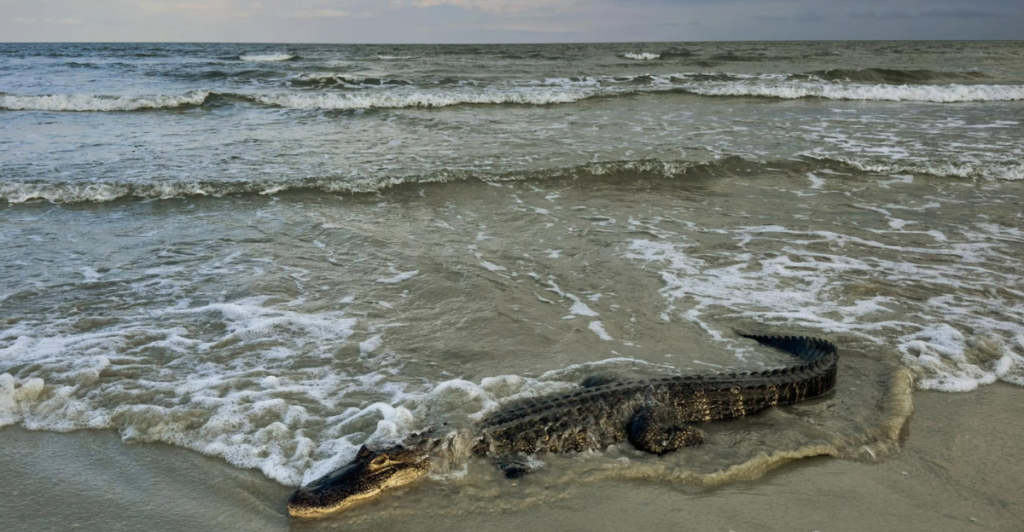
Cumberland Island is a wildlife haven home to armadillos, alligators, and feral horses. This barrier island’s diverse habitats, from maritime forests to salt marshes, support various species. Visitors can explore miles of trails and untouched beaches while observing the unique interplay of wildlife and environment. The island’s historical ruins add another layer of intrigue to its natural charm.
Monomoy Island, Massachusetts: Seals and Shorebirds
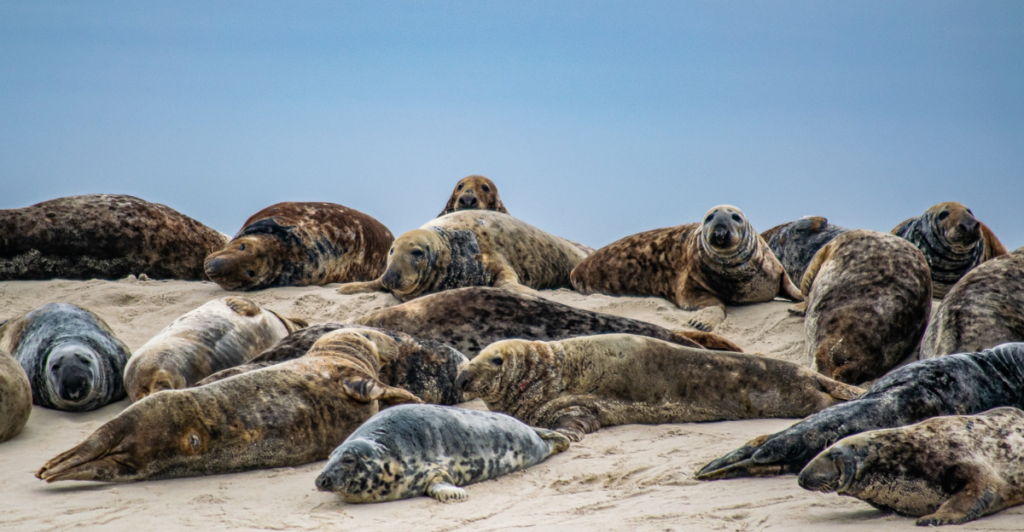
Monomoy Island’s remote shores provide a critical habitat for gray seals and a variety of shorebirds. During winter, thousands of seals haul out on its beaches, creating an awe-inspiring spectacle. Birdwatchers flock here to see species like the piping plover and roseate tern. Accessible only by boat, this island offers a secluded escape into a world where wildlife thrives undisturbed.
Sanibel Island, Florida: Seashells and Sea Turtles
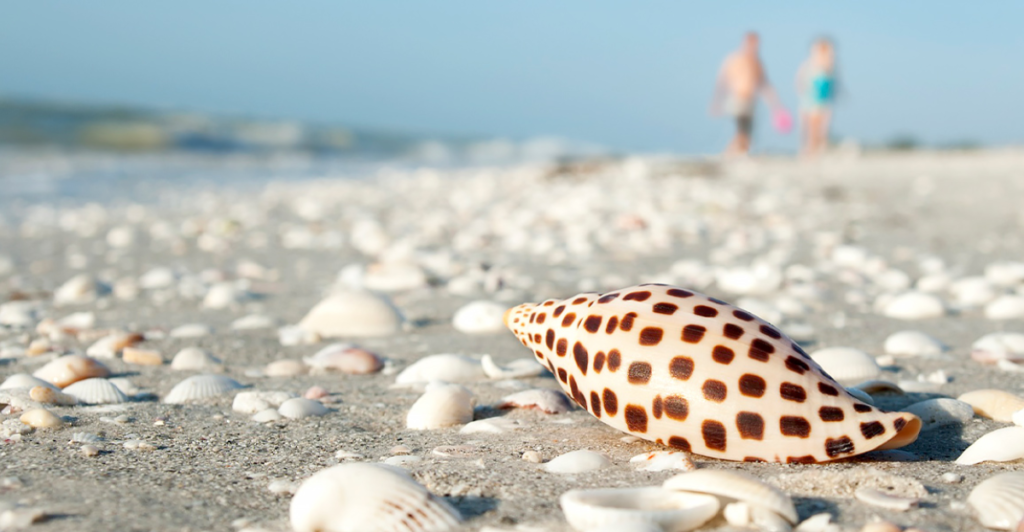
Sanibel Island is renowned for its seashell-covered beaches and vibrant marine life. Loggerhead sea turtles nest on its shores, a vital event for the species’ survival. The island’s calm Gulf waters and mangrove ecosystems provide refuge for manatees and dolphins. Sanibel’s commitment to conservation ensures a sustainable balance between tourism and protecting its natural treasures.
Isle Royale, Michigan: Wolves and Moose
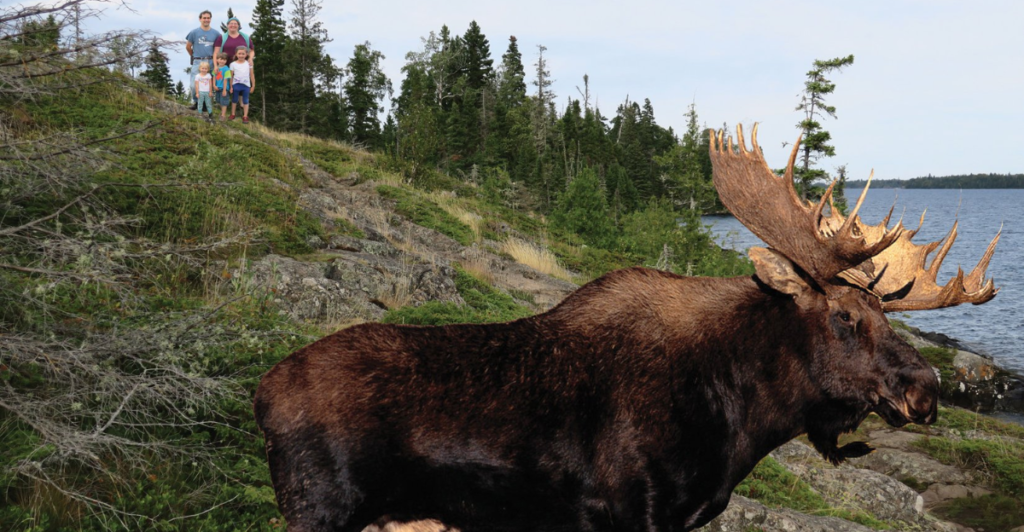
Isle Royale’s remote wilderness in Lake Superior is home to a unique predator-prey dynamic between wolves and moose. This closed ecosystem allows researchers to study natural population cycles. The island’s rugged terrain and dense forests offer an immersive wildlife experience. Accessible only by ferry or seaplane, it’s a true escape into nature’s raw beauty.
Dry Tortugas, Florida: Seabirds and Coral Reefs
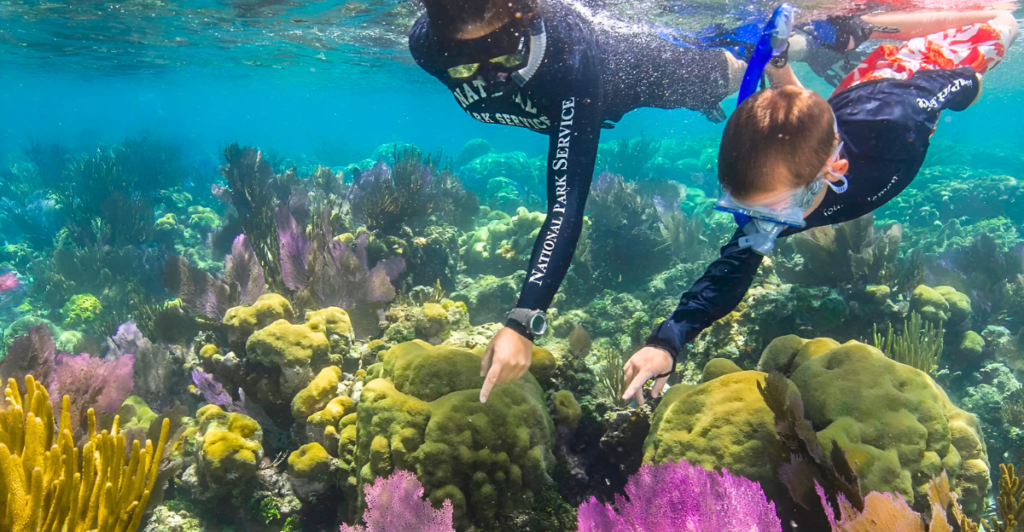
The Dry Tortugas National Park is a tropical paradise where rare seabirds, like the sooty tern, find refuge. Its vibrant coral reefs teem with marine life, from colorful fish to sea turtles. Fort Jefferson’s historic ruins add a cultural touch to this natural haven. Accessible only by boat or seaplane, the park offers unparalleled snorkeling and birdwatching experiences.
St. George Island, Alaska: Puffins and Fur Seals
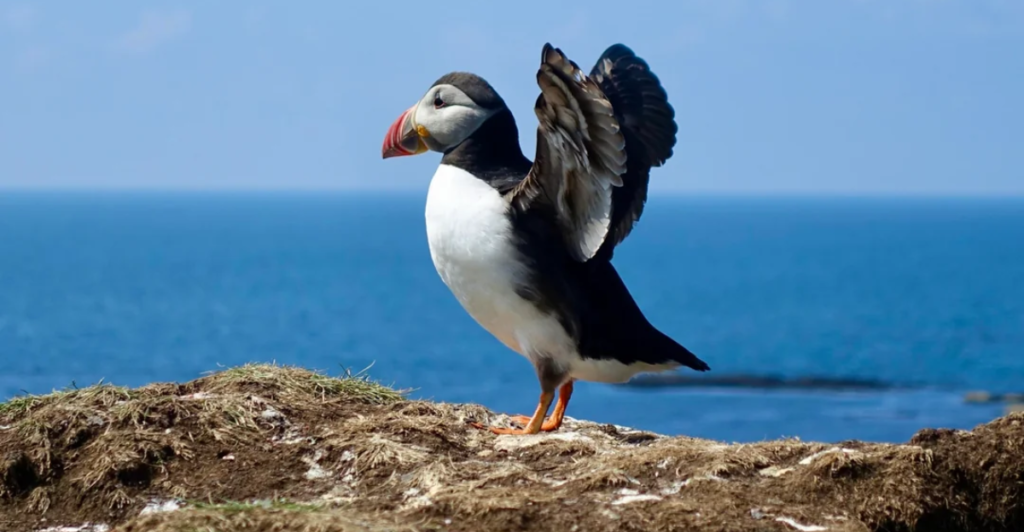
St. George Island in the Bering Sea is a sanctuary for tufted puffins and northern fur seals. These species thrive in the island’s harsh but nutrient-rich environment. The dramatic cliffs and tundra landscapes create a stunning backdrop for wildlife observation. During summer, visitors can witness massive seal rookeries and vibrant seabird colonies.
Sapelo Island, Georgia: Gopher Tortoises and More
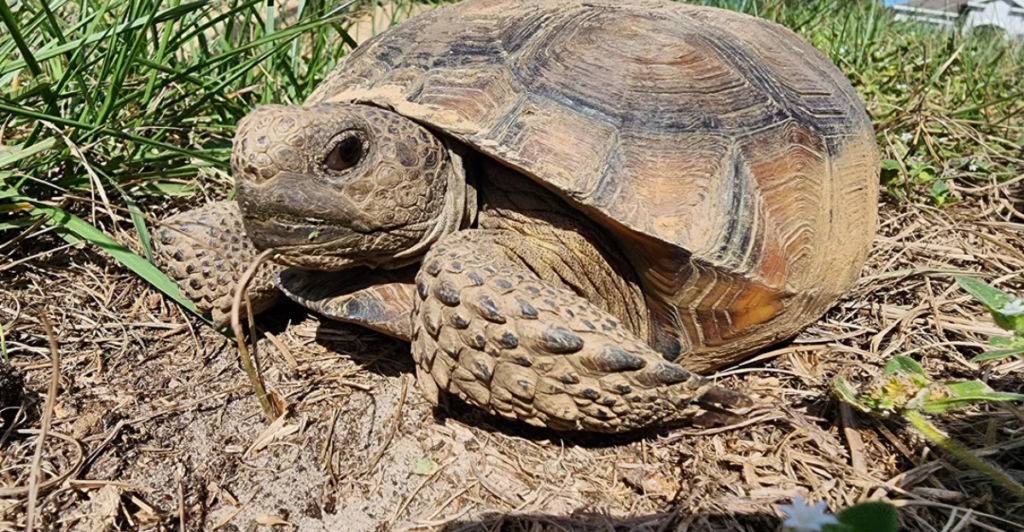
Sapelo Island’s sandy uplands are home to the threatened gopher tortoise, a keystone species vital to its ecosystem. The island also supports diverse birdlife and marsh creatures. Limited access preserves its unspoiled character, offering a tranquil retreat for nature lovers. Guided tours provide insight into the island’s ecology and rich cultural history.
Islands of Inspiration
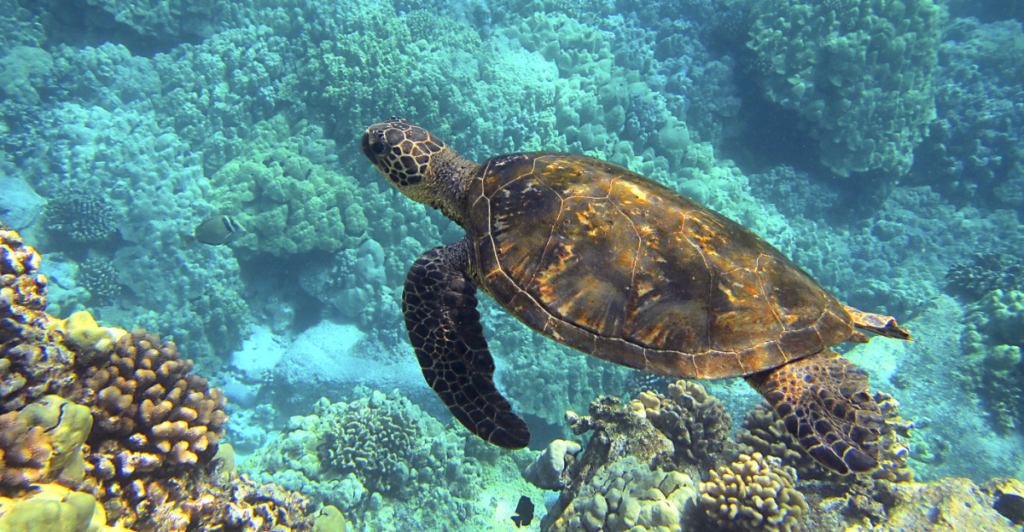
These American islands remind us of nature’s resilience and the importance of conservation. Each sanctuary protects unique species, offering insights into the wonders of evolution and the delicate balance of ecosystems. By visiting responsibly, we contribute to preserving these treasures for future generations. Let these islands inspire a deeper appreciation for wildlife and the value of protecting their habitats.
Stay connected with us for more stories like this! Follow us to get the latest updates or hit the Follow button at the top of this article, and let us know what you think by leaving your feedback below. We’d love to hear from you!







